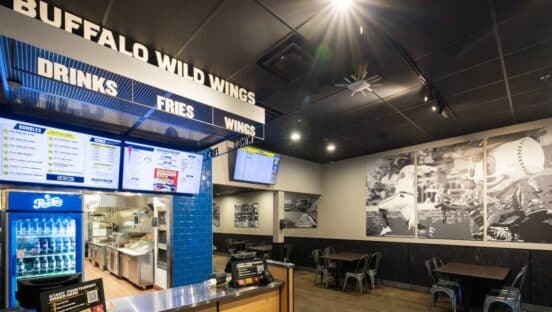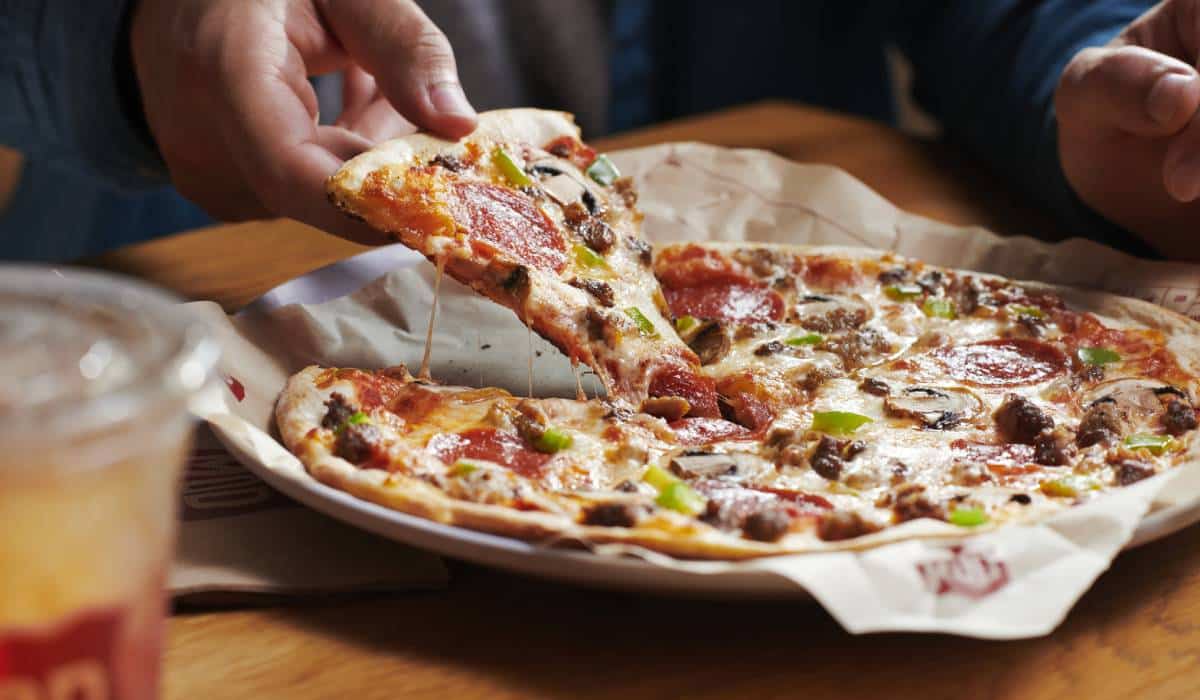During the Obama administration, restaurant owners—franchisors in particular—understandably grew concerned about joint-employer liability. The issue burst to the forefront in December 2014, when the National Labor Relations Board (NLRB) filed unfair labor charges against McDonald’s USA for the alleged violations of its franchisees. Then, in Browning-Ferris, 362 NLRB No. 186 (2015), the NLRB held that a franchisor need only exert indirect control or even just reserve the right to control the terms and conditions of employment in order to qualify as a joint employer—even if the control was never actually exercised.
This decision, which overturned years of precedent, meant that franchisors could be on the hook for the labor violations of their franchisees, even if they did not exercise control over the alleged unlawful practices. In early 2016, the U.S. Department of Labor (DOL) issued guidance in a similar vein, focusing on the “economic dependence” of a worker on a putative joint employer—including whether the putative joint employer had the right to control employment terms and conditions—to determine joint-employer liability under the Fair Labor Standards Act (FLSA).
Now, in a welcome development for the restaurant industry, the NLRB and the DOL have issued proposed regulations that would return to a higher standard for imposing joint-employment liability.
Recent Developments at the NLRB
The NLRB has been a moving target for businesses looking for certainty regarding potential joint-employer liability. In December 2017, in Hy-Brand Industrial Contractors, 365 NLRB No. 156 (2017), the NLRB overruled Browning-Ferris and reinstated the prior joint-employer standard that looked to the putative joint employer’s actual exercise of control over terms and conditions of employment. But in February 2018, the NLRB vacated its decision in Hy-Brand due to a conflict of interest of one of the board members involved in the decision, reinstating the Browning-Ferris standard, which remains in effect today.
In September 2018, however, the NLRB proposed a new rule that effectively would adopt the joint-employment standard set forth in the vacated Hy-Brand decision. Under this proposed rule, businesses would be joint employers only where the putative employer possessed and exercised substantial, direct and immediate control over essential terms and conditions of employment.
The public comment period for the proposed rule has now closed, and the NLRB is expected to publish the final version of this rule sometime in 2019. If, as expected, the final rule substantially adopts the standard set forth in the proposed rule, the restaurant industry will be able to breathe a sigh of relief on the joint-employment front under federal labor law.
DOL’s Proposed Rule
Following a path similar to the NLRB, in 2017 the DOL withdrew its 2016 guidance, and most recently, on April 9, 2019, issued a proposed rule to revise joint-employment regulations under the FLSA. The DOL proposed a four-factor test that would analyze whether the putative joint employer actually exercises the power to: (1) hire or fire an employee; (2) supervise and control an employee’s work schedules or employment conditions; (3) determine an employee’s rate and method of pay; and (4) maintain a worker’s employment records. Significantly, as with the NLRB’s proposed standard, this change would remove the threat of businesses being deemed joint employers solely because they have the right to control a worker.
In addition to establishing a standard more favorable for the restaurant industry, the DOL’s proposed rule also provides helpful practical guidance in the form of examples of the kinds of business practices that should not, in and of themselves, result in joint-employer liability. These practices include:
- Entering into a franchise arrangement;
- Giving a franchisee a sample handbook; and
- Contractually requiring a franchisee to institute certain wage or workplace safety practices, or sexual harassment or nondiscrimination policies.
If adopted, this proposed rule should mean that fewer businesses, including many franchisors, will be considered joint employers.
Control May be Served with a Side of Joint-Employer Liability
Both the NLRB’s and the DOL’s joint-employment rules are only proposed at this time. Even if the rules become final, the restaurant industry may not be able to fully exhale because the rules could be the subject of legal challenges, and enforcement positions often shift with the political winds. However, the possibility for joint-employer liability exists even if the proposed rules become final and survive any challenges.
Often, it is tempting for a franchisor to involve itself in the business operations of its franchisees to ensure consistency across the brand. But, to minimize the risk of joint-employer liability, franchisors should consider adopting agreements and practices that accurately reflect the extent to which they actually need to exert control over the employment of their franchisees’ workers, and resist the urge to reserve the right to, or actually exercise, any additional control.












